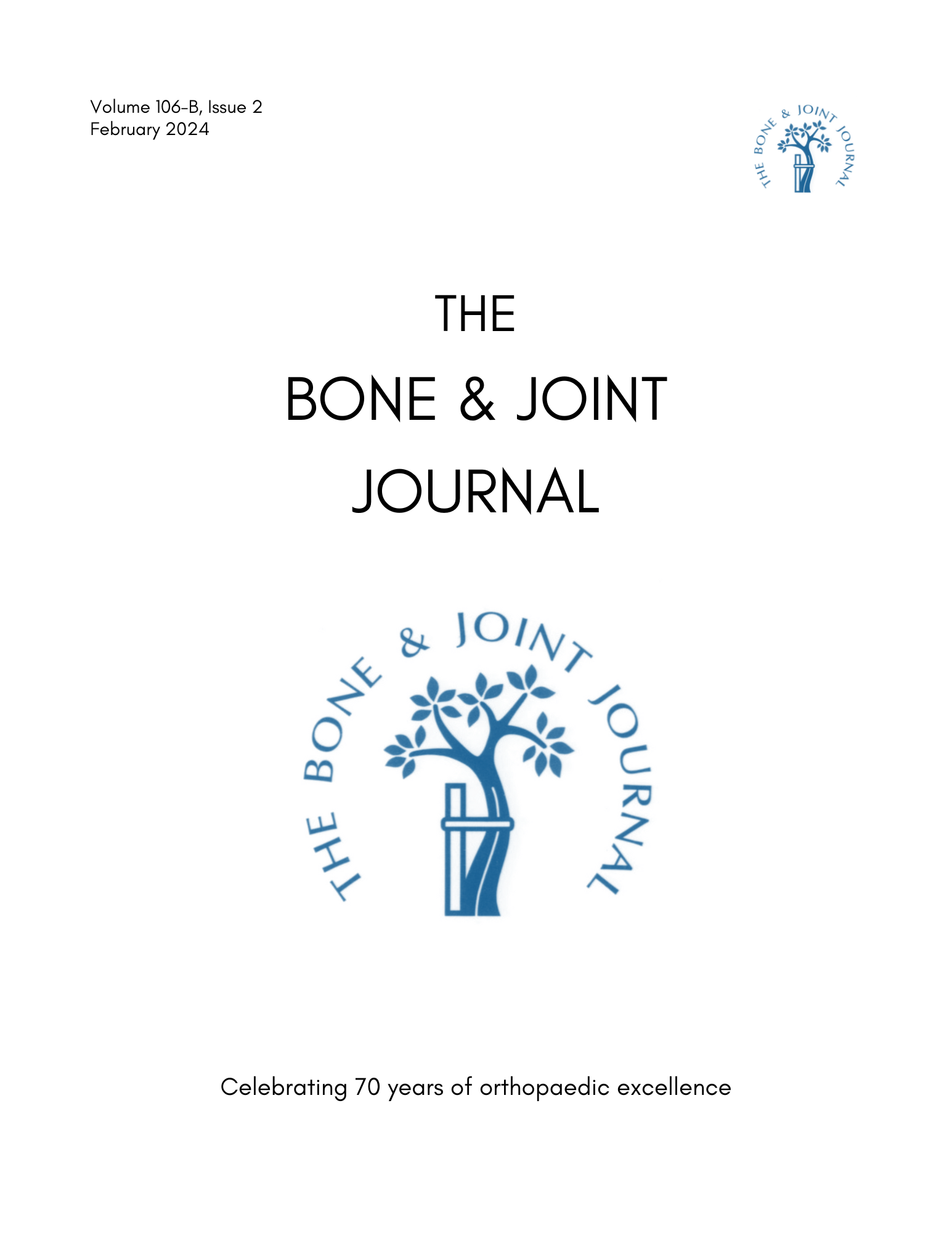
Surgery vs conservative treatment or subacromial decompression for rotator cuff tears in the elderly

Surgery vs conservative treatment or subacromial decompression for rotator cuff tears in the elderly
Surgical repair versus conservative treatment and subacromial decompression for the treatment of rotator cuff tears
Bone Joint J. 2019 Sep;101-B(9):1100-1106.Did you know you're eligible to earn 0.5 CME credits for reading this report? Click Here
Synopsis
Six studies (626 patients) were included in this meta-analysis comparing surgical repair to conservative management and subacromial decompression for the treatment of rotator cuff tears in elderly patients. The primary outcome of interest was the Constant-Murley score. Results revealed significantly favourable pooled Constant-Murley scores in the surgical repair group compared to both the conserva...
To view the full content, login to your account,
or start your 30-day FREE Trial today.
FREE TRIAL
LOGIN
Forgot Password?
Explore some of our unlocked ACE Reports below!

Learn about our AI Driven
High Impact Search Feature
Our AI driven High Impact metric calculates the impact an article will have by considering both the publishing journal and the content of the article itself. Built using the latest advances in natural language processing, OE High Impact predicts an article’s future number of citations better than impact factor alone.
Continue



 LOGIN
LOGIN

Join the Conversation
Please Login or Join to leave comments.